The Aromatic Adventure of Italian Spices: From Basil to Bay Leaf!
When you think of Italy, what comes to mind? Pizza Margherita with its vibrant red, white, and green toppings? Creamy carbonara pasta? Or maybe the rustic aroma wafting from a Tuscan kitchen? Well, whether you're drooling over a plate of spaghetti or planning your next culinary trip through la bella Italia, one thing’s for sure — Italian spices play a starring role in turning humble ingredients into unforgettable feasts. In this post, we’re diving into the spice cabinet of Italy, uncovering the key players, hidden gems, and pro tips to make your dishes sing with Mediterranean flavor.
Table of Contents
- What Makes an Italian Spice Italian?
- The Holy Trinity of Italian Spices
- Other Essential Herbs & Spices You Can’t Ignore
- Fresh vs. Dried: The Great Italian Herb Debate
- Spice Pairings That Italians Swear By
- Pro Tips for Using Italian Spices Like a Nonna
- Common Italian Spice Blends Worth Trying
- Cultural Notes: How Regions Shape Flavor Profiles
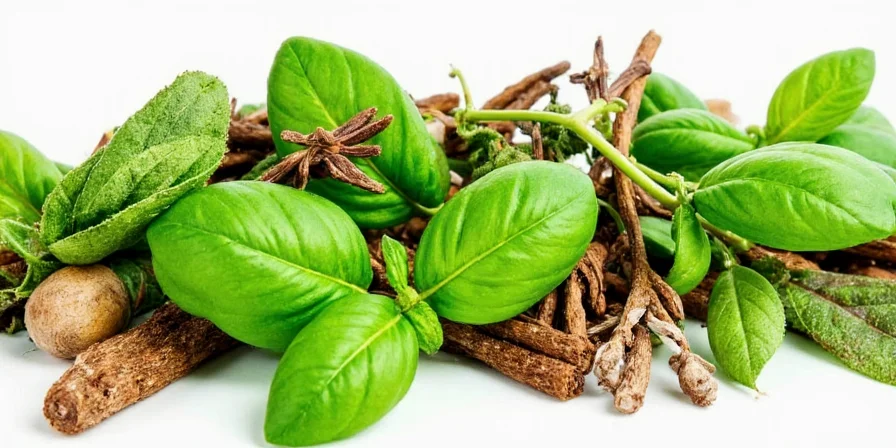
What Makes an Italian Spice Italian?
Before we dive into the list, let’s answer a burning question: What defines an Italian spice anyway? It’s not just about where it grows (though some do thrive in Italy's Mediterranean climate), but rather how and where it's used in regional cuisine. Many of the spices and herbs commonly associated with Italy have been cultivated for centuries across the country, especially in regions like Tuscany, Sicily, and Liguria.
But here’s the twist — some “Italian” spices aren’t even native to Italy! They were introduced through trade routes and colonial influences. So while Italy may not be the birthplace of every spice, it has mastered their use in ways that feel timeless, comforting, and undeniably delicious.
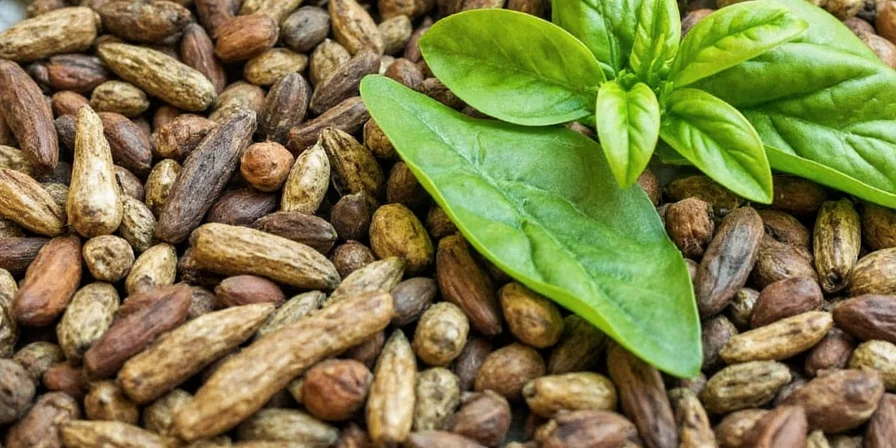
The Holy Trinity of Italian Spices
If Italian cuisine were a rock band, these three would be the core trio jamming out on center stage. These spices appear so often in traditional recipes that they’ve earned the unofficial title of the “Holy Trinity” of Italian seasonings:
- Basil (Basilico): The darling of Italian kitchens, especially in the south. Think pesto alla genovese, Caprese salad, and pizza Margherita.
- Oregano (Origano): This earthy, slightly bitter herb is a staple in tomato-based sauces and grilled meats, particularly in southern Italian cooking.
- Rosemary (Rosmarino): With its pine-like fragrance, rosemary is ideal for roasting meats, seasoning breads, and enhancing potatoes.
| Spice | Flavor Profile | Best Used In |
|---|---|---|
| Basil | Sweet, peppery, fresh | Pesto, salads, pizza |
| Oregano | Earthy, slightly bitter | Tomato sauces, grilled meats |
| Rosemary | Piney, herbal | Roasted meats, bread, potatoes |
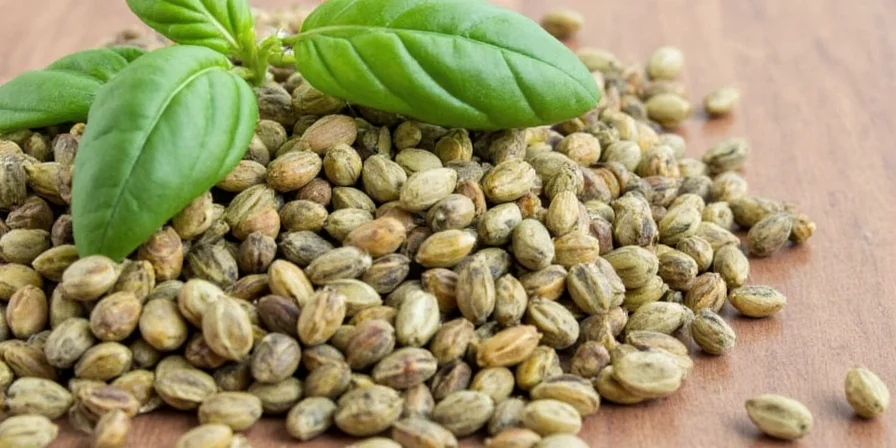
Other Essential Herbs & Spices You Can’t Ignore
While the holy trinity steals the spotlight, Italian kitchens wouldn't be the same without these supporting players. Here are some other spices and herbs that frequently appear in Italian dishes:
- Thyme (Timo): Often paired with rosemary or garlic, thyme adds subtle warmth to stews and roasted vegetables.
- Mint (Menta): Surprising but true! Mint makes appearances in summer pasta sauces, lamb dishes, and refreshing drinks.
- Marjoram (Maggiorana): Milder than oregano, marjoram brings a sweeter, gentler flavor perfect for creamy sauces and egg dishes.
- Fennel Seeds (Semi di Finocchio): Sweet and licorice-like, fennel seeds are common in sausages and breads, especially in southern Italy.
- Bay Leaf (Foglia d'Alloro): Adds depth to soups, stews, and braises when simmered slowly.
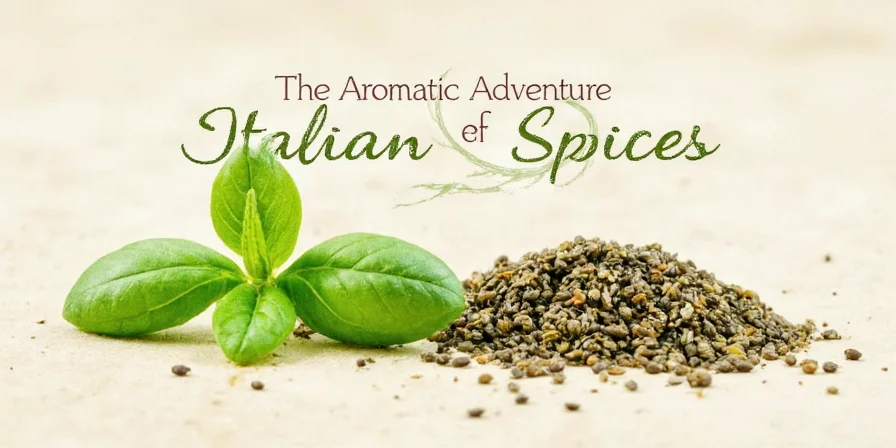
Fresh vs. Dried: The Great Italian Herb Debate
Should you use fresh herbs or dried ones? The short answer: it depends. But here’s the long version:
- Fresh herbs like basil, parsley, and mint should be added at the end of cooking to preserve their delicate flavors.
- Dried herbs such as oregano, rosemary, and thyme can withstand longer cooking times and actually develop better flavor when simmered or baked into dishes.
Pro Tip: When substituting dried herbs for fresh, use one-third the amount called for in the recipe. Dried herbs are more concentrated in flavor!
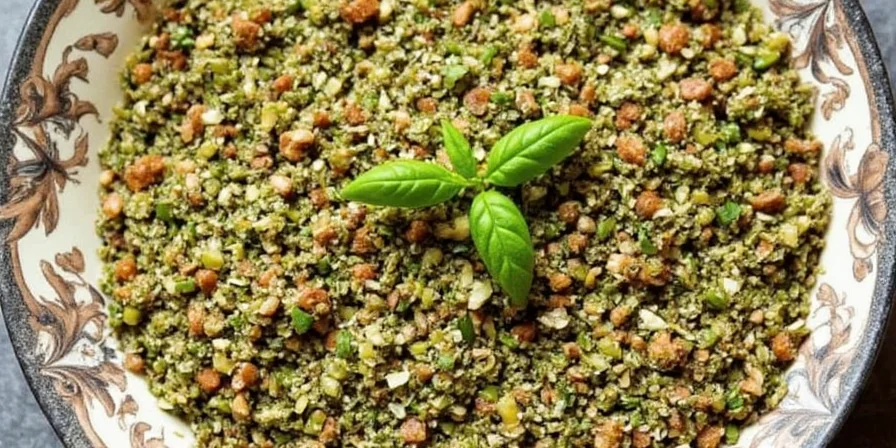
Spice Pairings That Italians Swear By
Want to impress your taste buds (and your dinner guests)? Try these classic Italian spice pairings:
- Basil + Garlic + Olive Oil: The base of countless southern Italian dishes.
- Oregano + Red Pepper Flakes: A fiery combo often found in spicy tomato sauces and Calabrian specialties.
- Rosemary + Lemon + Chicken: Bright and fragrant, perfect for roasted poultry.
- Fennel Seeds + Pork: A match made in heaven, especially in sausage-based dishes.
- Bay Leaf + Sage + Beans: Classic combo in Tuscan bean soups and stews.
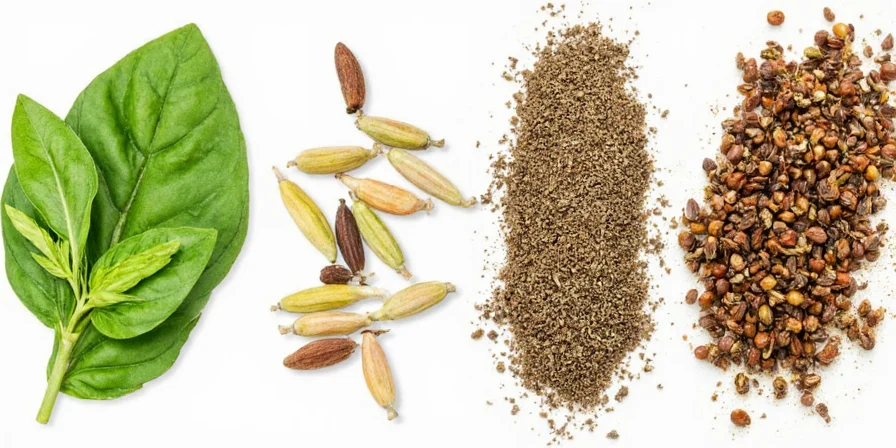
Pro Tips for Using Italian Spices Like a Nonna
Want to cook like a true Italian nonna? Here are some golden rules to follow:
- Toasting Whole Spices: Toast whole spices like fennel seeds or black peppercorns in a dry pan before grinding to release more flavor.
- Make Your Own Spice Mix: Blend dried herbs with sea salt and olive oil for a customizable seasoning blend.
- Infuse Oils: Add rosemary, chili flakes, or garlic to olive oil for a quick infusion. Perfect for drizzling on bread or pasta.
- Layer Flavors: Sauté onions and garlic first, then add herbs to build a rich flavor foundation.
- Use Quality Ingredients: Freshness matters! Look for vibrant colors and strong aromas when selecting herbs and spices.
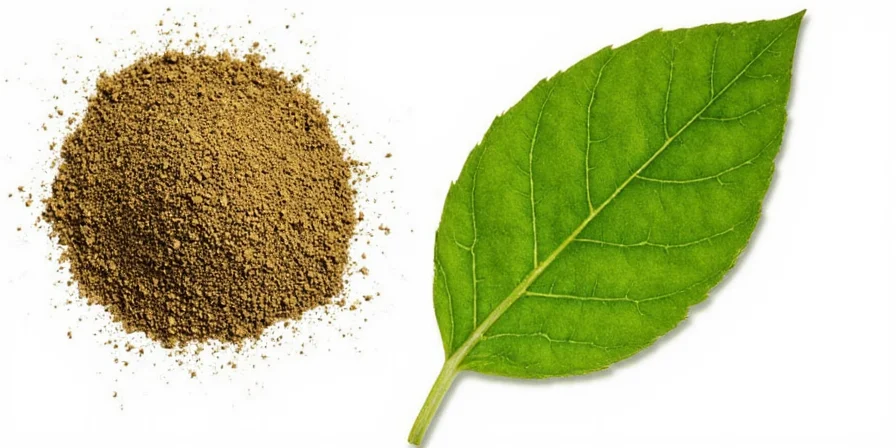
Common Italian Spice Blends Worth Trying
Italy may not be known for pre-mixed spice blends like garam masala or za’atar, but there are a few classic combinations that deserve a spot in your pantry:
- Herbes de Provence Substitute: Mix equal parts rosemary, thyme, oregano, and lavender (optional) for a sunny, aromatic blend.
- Calabrian Heat Mix: Crushed red pepper flakes, oregano, garlic powder, and fennel seeds for a smoky-spicy kick.
- Tuscan Earth Blend: Rosemary, sage, thyme, and a pinch of nutmeg for hearty meat dishes and stews.
- Simple Italian Seasoning: Combine basil, oregano, garlic powder, onion powder, and coarse sea salt for all-purpose seasoning.
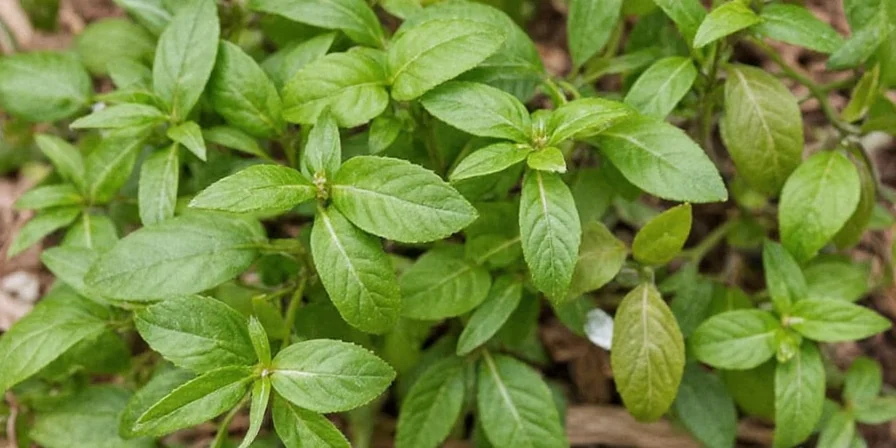
Cultural Notes: How Regions Shape Flavor Profiles
Italy is a country of regions, each with its own unique approach to flavor. Let’s take a quick tour:
- Northern Italy: Uses butter more than olive oil; spices include sage, nutmeg, and bay leaf. Think risotto alla Milanese and osso buco.
- Central Italy: Olive oil reigns supreme; rosemary, thyme, and garlic are favorites. Try Florentine ribollita or Roman amatriciana.
- Southern Italy: Bold and bright! Heavily uses basil, oregano, chili flakes, and fennel. Feast on Neapolitan pizza, caponata, or orecchiette with broccoli rabe.
- Sicily: Known for using cinnamon, cloves, and citrus alongside heat from red peppers — thanks to Arab influence. Try Sicilian eggplant caponata or seafood pasta with cherry tomatoes.
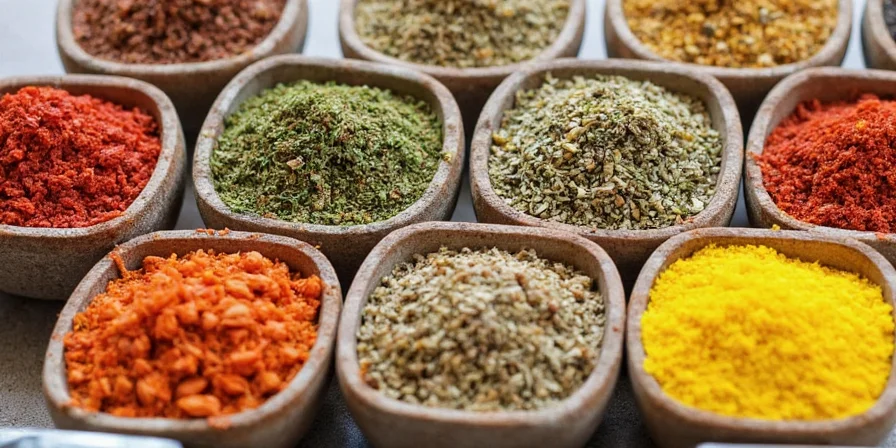
Conclusion
From basil-laden pizzas to rosemary-infused roasts, Italian spices are the unsung heroes behind Italy’s iconic dishes. Whether you're reaching for a pinch of dried oregano or plucking fresh basil from the garden, each spice brings a little bit of Italy to your kitchen. Remember, cooking with Italian spices isn’t just about following recipes — it’s about creating layers of flavor, honoring tradition, and most importantly… having fun while doing it!
So next time you're making marinara or grilling up some bruschetta, grab those herbs with confidence. Because now you know: you’re not just adding flavor — you’re crafting a piece of Italian history.
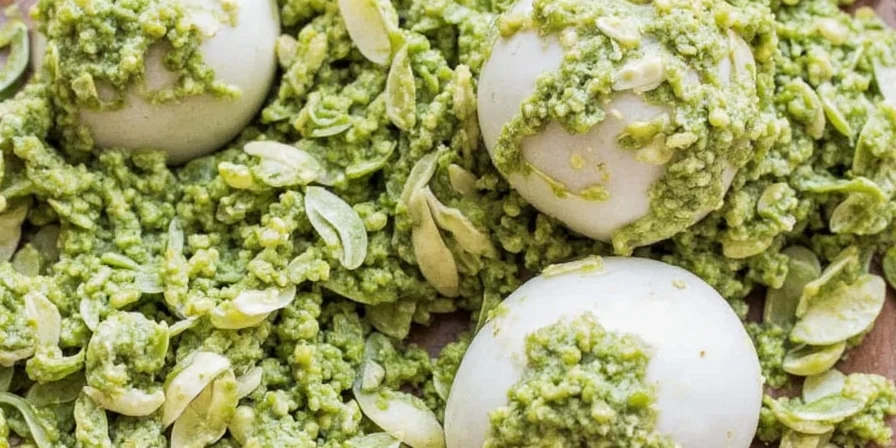

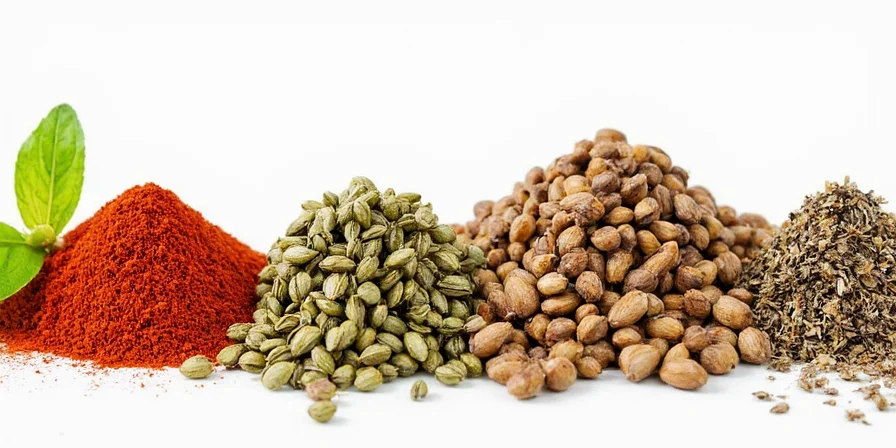









 浙公网安备
33010002000092号
浙公网安备
33010002000092号 浙B2-20120091-4
浙B2-20120091-4